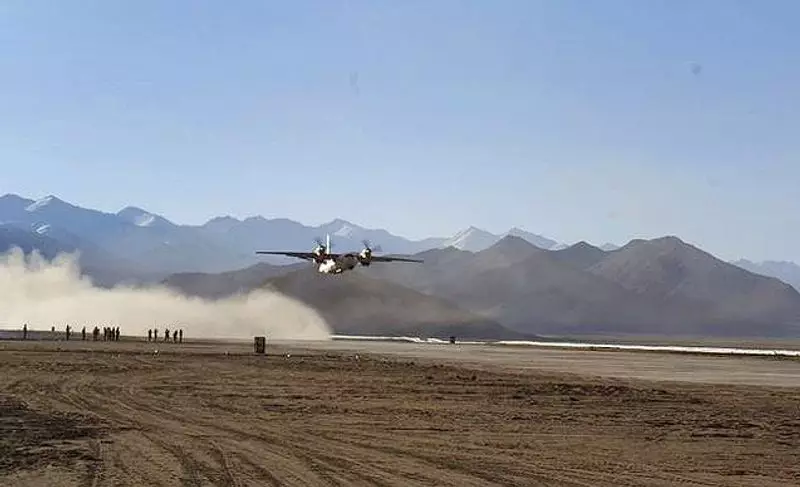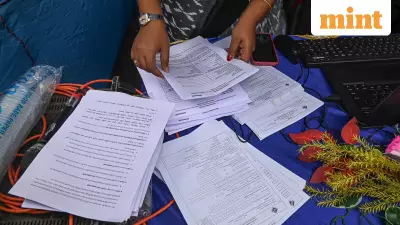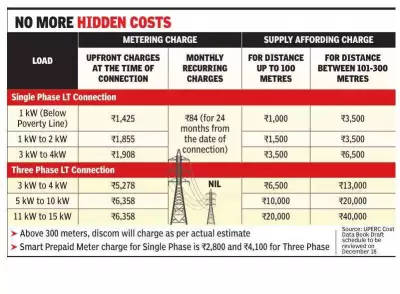
In a strategic move to bolster India's defensive posture along the Line of Actual Control (LAC), the Nyoma airbase in eastern Ladakh is receiving substantial upgrades that will significantly enhance the Indian Air Force's operational and logistical capabilities in the high-altitude region.
Strategic Infrastructure Enhancement
The development of Nyoma airbase, situated merely 35 kilometers from the contentious border with China, represents a critical component of India's infrastructure push in the challenging terrain. The upgraded facility is poised to become a pivotal hub for air operations, providing much-needed support for military activities in the sensitive sector.
Key improvements include:
- Extended runway capabilities to accommodate larger aircraft
- Enhanced maintenance and repair facilities
- Advanced logistical support systems
- Improved all-weather operational capacity
Persistent Vulnerabilities in High-Altitude Theater
Despite these significant enhancements, security analysts highlight ongoing concerns about the airbase's exposure to potential threats. The proximity to the LAC makes Nyoma potentially vulnerable to enemy artillery and rocket systems, raising questions about its operational sustainability during heightened tensions.
Military experts note that while the upgrades provide crucial capabilities, the geographical reality of Nyoma's location presents inherent challenges that cannot be entirely mitigated through infrastructure alone.
Regional Security Implications
The modernization of Nyoma airbase occurs against the backdrop of continued military standoffs between India and China in eastern Ladakh. The enhanced facility will substantially reduce response times for Indian aircraft operating in the region, while simultaneously improving the efficiency of supply chains to forward-deployed troops.
The airbase's development underscores India's commitment to strengthening its defensive infrastructure along the entire LAC, sending a clear message about its preparedness to protect territorial integrity in the strategically vital region.





